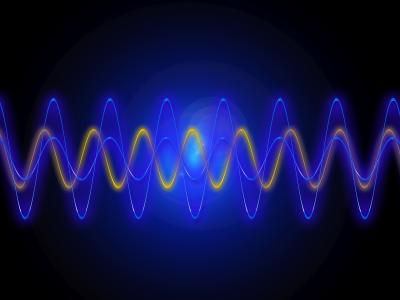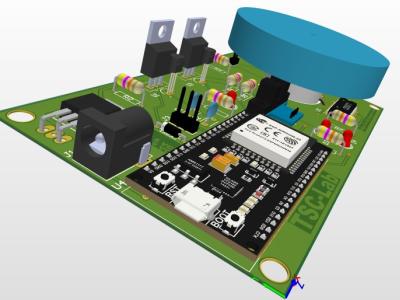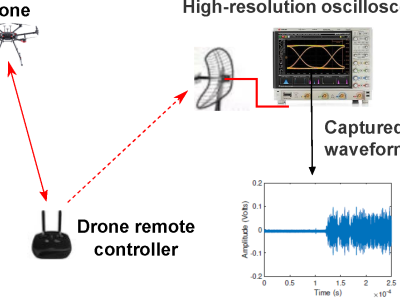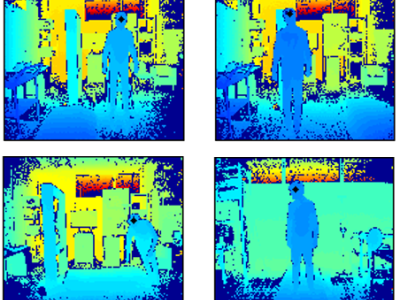EEG data evoked by Different Odor Types established by Tianjin University (EegDot)

- Citation Author(s):
- Submitted by:
- Hui-Rang Hou
- Last updated:
- DOI:
- 10.21227/4cc8-0b98
- Research Article Link:
 352 views
352 views
- Categories:
- Keywords:
Abstract
The EegDot data set collected using a Cerebus neural signal acquisition equipment involed thirteen odor stimulating materials, five of which (smelling like rose (A), caramel (B), rotten (C), canned peach (D), and excrement (E)) were selected from the T&T olfactometer (from the Daiichi Yakuhin Sangyo Co., Ltd., Japan) and the remaining eight from essential oils (i.e., mint (F), tea tree (G), coffee (H), rosemary (I), jasmine (J), lemon (K), vanilla (L) and lavender (M)).
Instructions:
Participants: 11 health postgraduates aged 24.9 ± 3.0, including 8 males and 3 females
Experimental Environment: Soundproof olfactory EEG Laboratory
EEG Signal Acquisition Equipment: Cerebus equipment
Electrode Cap: 32 channels. The electrodes are arranged according to the international 10-20 system. Except 2 reference electrodes at mastoid, 30 electrodes are used for data classification.
Sampling Rate: 1k Hz
Sampling Duration: 10 s
Sample Size: 35 EEG samples were collected for each participant smelling each odor, a total of 11 (number of participants) × 13 (number of odor types) × 35 = 5005 EEG samples.










I need the dataset, from where can I download this data?